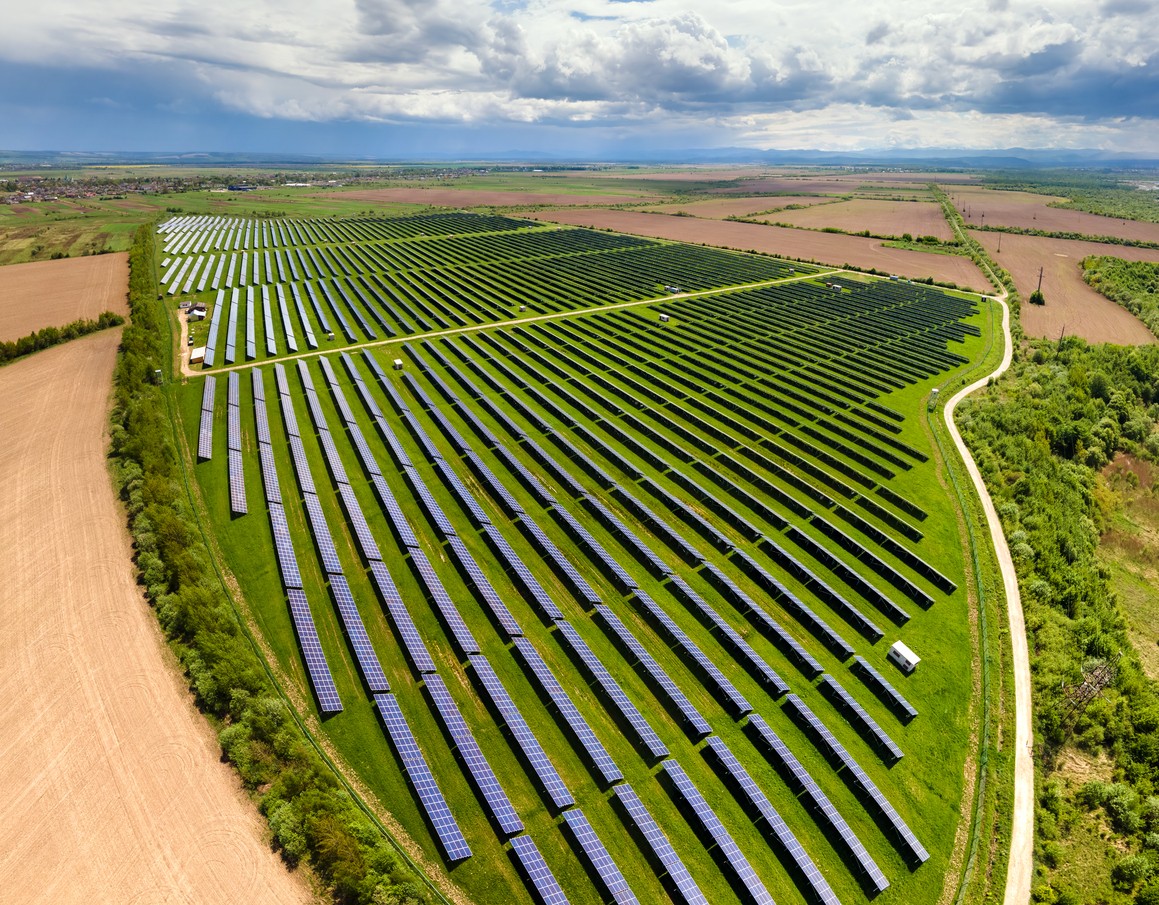
What is NEM 3.0?
Net Energy Metering (NEM) 3.0 is the third generation of the California State Net Energy Metering bill. The NEM bills include the policies from the California Public Utility Commission that direct the crediting of excess solar energy on solar systems in California when those systems send excess solar energy into the local utility grid system. In short, NEM 3.0 will define the amount of money that your local utility credits to solar customers for the net solar energy that your system produces.
NEM 3.0 is the evolution of both NEM 2.0 and NEM 1.0. The proposed changes employed by NEM 3.0 are complex and can alter the solar market for solar consumers.
What is Net Energy?
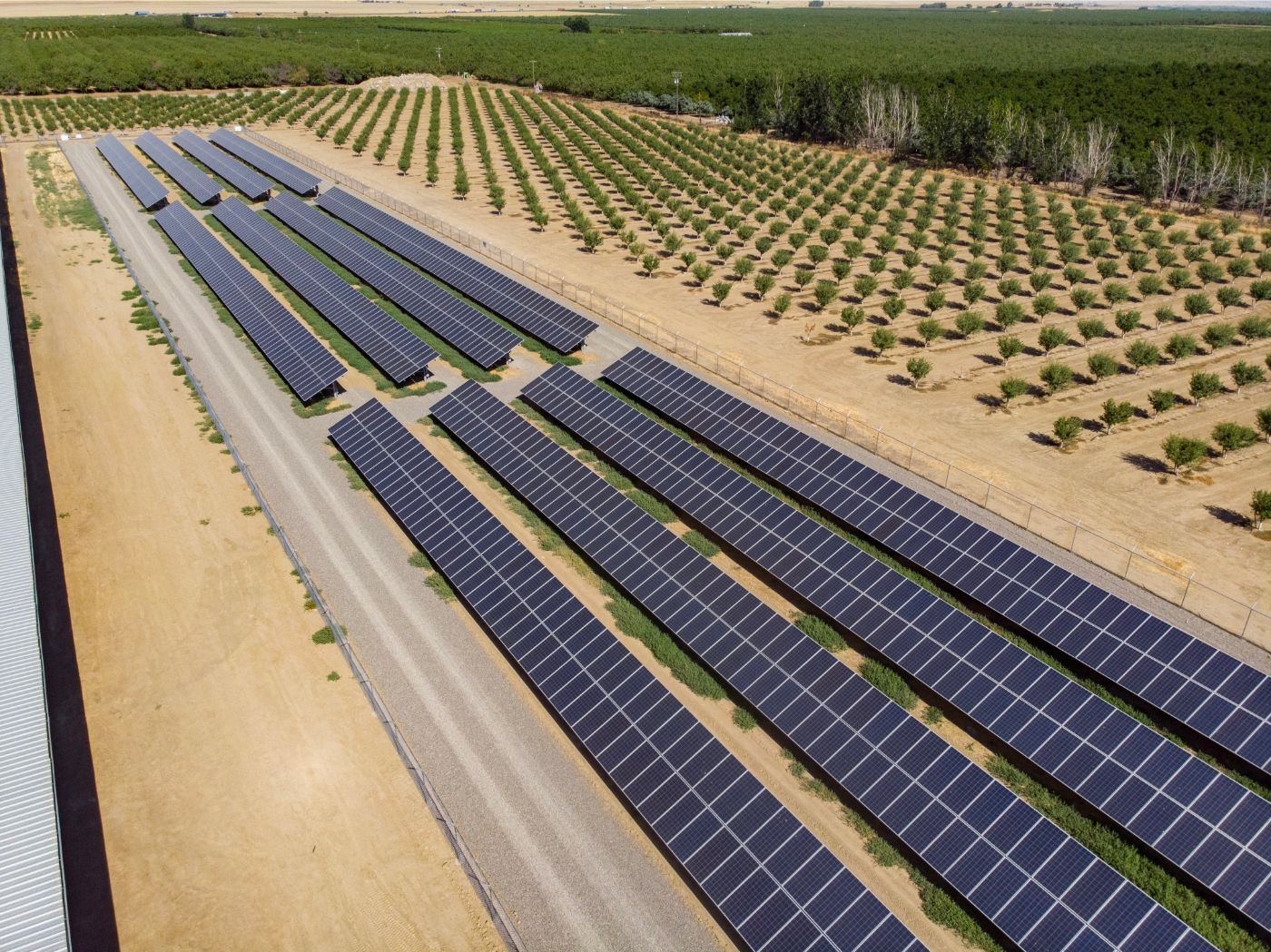 Net energy is the outcome of measuring the entire amount of energy that your solar system processes minus the energy that your facility uses. If your solar system produces more energy than your business needs or uses, there is a surplus of energy. If your solar system produces less energy than your business uses, you get a bill from your local utility company for the energy that your business uses that is supplied by the local power grid.
Net energy is the outcome of measuring the entire amount of energy that your solar system processes minus the energy that your facility uses. If your solar system produces more energy than your business needs or uses, there is a surplus of energy. If your solar system produces less energy than your business uses, you get a bill from your local utility company for the energy that your business uses that is supplied by the local power grid.
If you have extra energy, your local power company may credit your bill at the rate of payment outlined in the current NEM policy.
In the case of PG&E, a special meter is installed – a NET meter – and it measures the amount of energy your solar array produces and the amount of energy that your business uses. It logs the difference as a credit or as a deficit. If your system produces a deficit, you get a billed for the difference. If not, your solar savings is a NEM credit that appears on your monthly bill.
How Does it Affect Your Net Metering?
Net Metering affects your bill in many ways. There is the issue of NEM 3.0 grandfathering-in, changes to repayment rates for excess solar, and the decrease in term lengths under NEM 3.0.
Say Goodbye to Annual True-Up
One big change between NEM 3.0 and NEM 2.0 is the proposed decision that will eliminate the annual true-up function and replace it with a monthly configuration that would ultimately prevent a business with excess solar to roll over any unused credits onto their next month’s bill. Nonetheless, business owners will continue to see lower energy costs, just with the exception of carrying over previous credits. Depending on your type of business and your energy usage patterns, this should be explored prior to this change.
Currently, under NEM 2.0, commercial businesses can apply their solar credits to any bill within 12 months. That means excess solar credits accumulate in the summer and can be applied to winter bills. If your highest excess solar month is August, you could technically apply those August credits anytime until the end of July the following year. The trick here is the term “consecutive 12-month period” rather than a calendar year. A calendar year is January through the end of December.
Say Hello to a Solar Surcharge
Another negative outcome of CPUC NEM 3.0 is the monthly charge to those who already have solar system. The amount of the “grid benefit charge,” which is essentially a penalty for solar owners, would vary based on the size of the solar array. Those with larger solar arrays would expect to pay a much larger monthly fee. The actual outcome of the “grid benefit charge” is unknown until the PUC addresses NEM 3.0.
Time of Use Billing
As a grid-tied consumer, expect your utility bill to be impacted by “time of use” (TOU.) Time of use billing occurs based on when your business draws energy from the utility’s power grid. Current PG&E consumers have options for choosing how they are billed and one of those options is TOU. During peak usage and high electrical usage, the rate you pay goes up significantly. When you use energy during off-peak hours or when energy usage is lowest, you pay the least.
What is the NEM 3.0 timeline? Can You Be Grandfathered in?
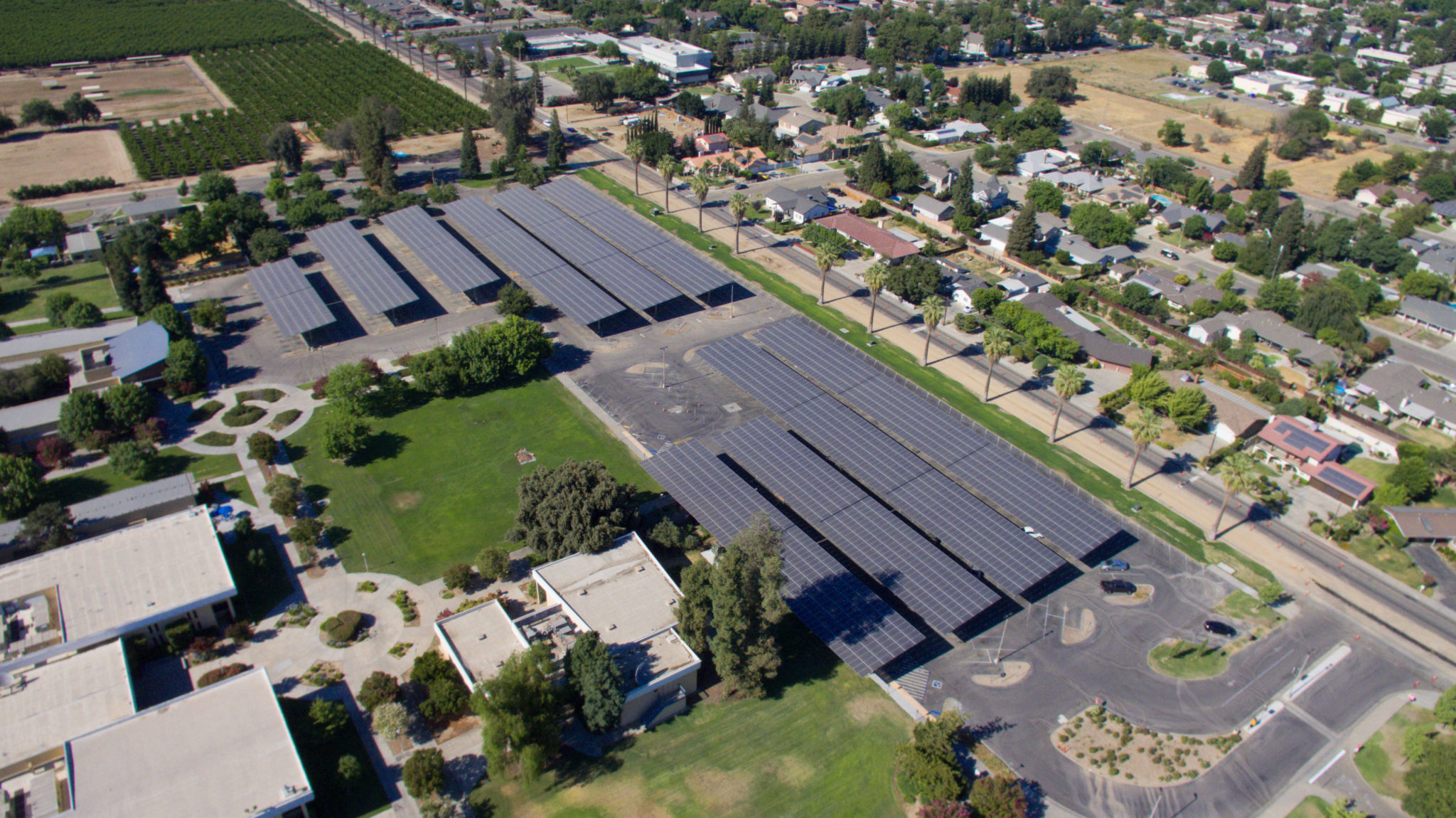 CPUC NEM 3.0 was expected to go into effect at the end of 2021, but the California Public Utility Commission (CPUC) has tabled action of the bill until further notice. Many expect that the CPUC will pass the bill in June 2022 and that NEM 3.0 would go into effect 120 days later. However, the actual NEM 3.0 timeline remains unclear.
CPUC NEM 3.0 was expected to go into effect at the end of 2021, but the California Public Utility Commission (CPUC) has tabled action of the bill until further notice. Many expect that the CPUC will pass the bill in June 2022 and that NEM 3.0 would go into effect 120 days later. However, the actual NEM 3.0 timeline remains unclear.
Under NEM 2.0 the term is for 20 years. Under NEM 3.0 the term would decrease to 15 years. One big problem with the way the proposed term changes occur is that the lifecycle of a solar array is 25 years. That means the rate remains unknown and anyone who is grandfathered in as a NEM 2.0 solar account will switch to NEM 3.0 in 20 years. At that point, both NEM 1.0 customers and NEM 2.0 customers will become NEM 3.0 with a term of 15 years.
There are options for NEM 3.0 grandfathering in a solar account, but the steps at this point are not clear. If you are concerned about your NEM 3.0 grandfathering-in options, reach out to our experts. The information about grandfathering-in should be considered account-by-account.
We think to be grandfathered in at NEM 2.0 may be a good idea. But many factors must be considered and jumping into a NEM 3.0 grandfather situation can produce a negative result. For that reason, we suggest an account review so that each solar homeowner understands exactly the outcome of grandfathering in.
What Can You Do about NEM 3.0?
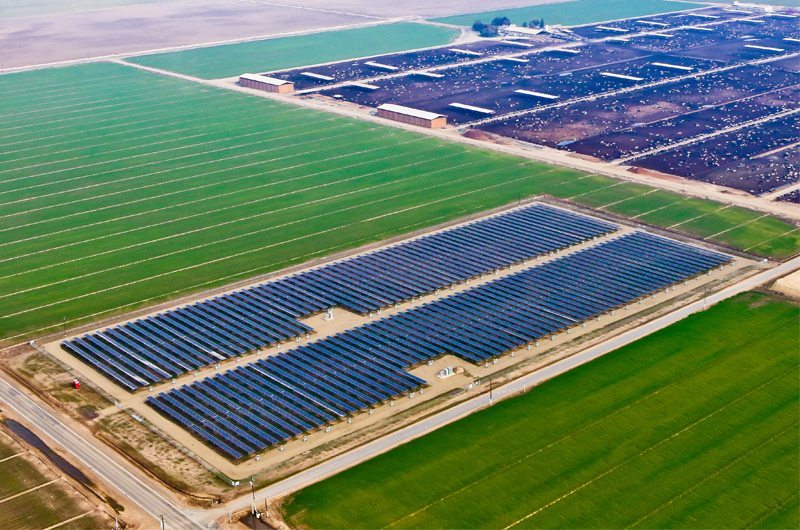 The first thing everyone should do is evaluate how the changes imposed by NEM 3.0 (when they occur) will affect your monthly bill. Every business and residential solar array is different, and each owner will have different electricity needs and concerns. Here are a few options:
The first thing everyone should do is evaluate how the changes imposed by NEM 3.0 (when they occur) will affect your monthly bill. Every business and residential solar array is different, and each owner will have different electricity needs and concerns. Here are a few options:
1. NEM 3.0 does not necessarily impact every solar user. You are not required to sell your excess clean energy to your local California utilities company. Off-grid systems may not be impacted at all. The monthly grid participation charge, which are around $8 per KWh of capacity for your grid, are more of an access fee to access the utility’s grid. You don’t have to access the utility’s grid. However, you will need to produce all of your electricity.
2. Battery Backup? If you are concerned about the rising cost of grid electricity and the way that NEM 3.0 addresses those rates, then consider installing a battery backup system that your business can tap into when the sun is down, and the solar array is not making electricity. A quality battery backup means your facility may not need any grid electricity and therefore, you would not receive a bill from your solar provider.
3. What to Do with the Excess Solar Energy Produced by Your Array? If your solar array routinely produces excess solar energy, then you have several options. You could disconnect a few of the solar panels and leave them in place for backup. You could upgrade the comfort features of your business in ways that use up excess energy. Or you could add a bigger solar battery backup system. The reality is that there are many methods of energy storage and using solar energy.
Do You Need to Remain Tied to The Grid?
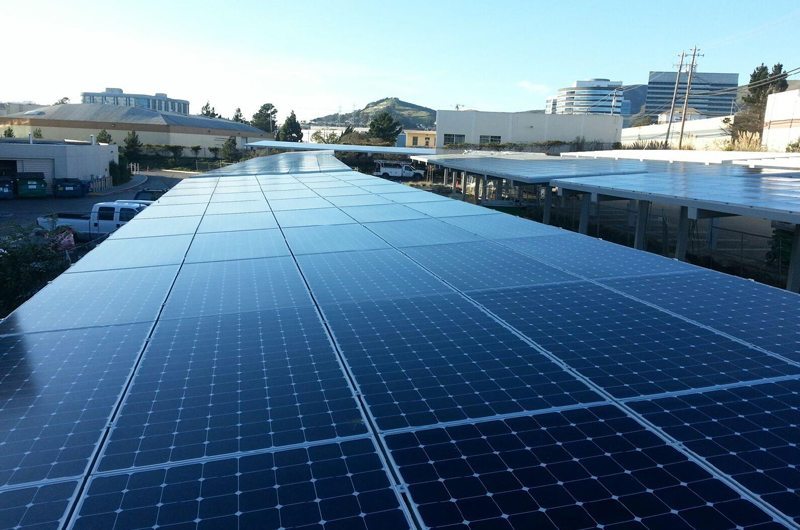 There is not an easy answer to this question. For commercial clients, the answer is not just about energy usage for today, but also about how you plan to use energy in the future. Also, part of the consideration of going off-grid is about understanding how much energy your property can produce. If you are one of many small businesses and there is not enough room for a solar array that fully covers your energy needs, then most likely you will need to remain tied to the electric grid. However, part of responsibly going solar also includes increasing energy efficiency so that you are using the least amount of energy possible. That does not necessarily mean giving up creature comforts. There is a lot of room to save energy by upgrading equipment and technology to those that use less energy.
There is not an easy answer to this question. For commercial clients, the answer is not just about energy usage for today, but also about how you plan to use energy in the future. Also, part of the consideration of going off-grid is about understanding how much energy your property can produce. If you are one of many small businesses and there is not enough room for a solar array that fully covers your energy needs, then most likely you will need to remain tied to the electric grid. However, part of responsibly going solar also includes increasing energy efficiency so that you are using the least amount of energy possible. That does not necessarily mean giving up creature comforts. There is a lot of room to save energy by upgrading equipment and technology to those that use less energy.
If you’re interested in learning about how NEM 2.0 and 3.0 may affect you, the best starting point is to fully understand your usage patterns. We can offer guidance to ensure you’re armed with the right information before making a decision.

